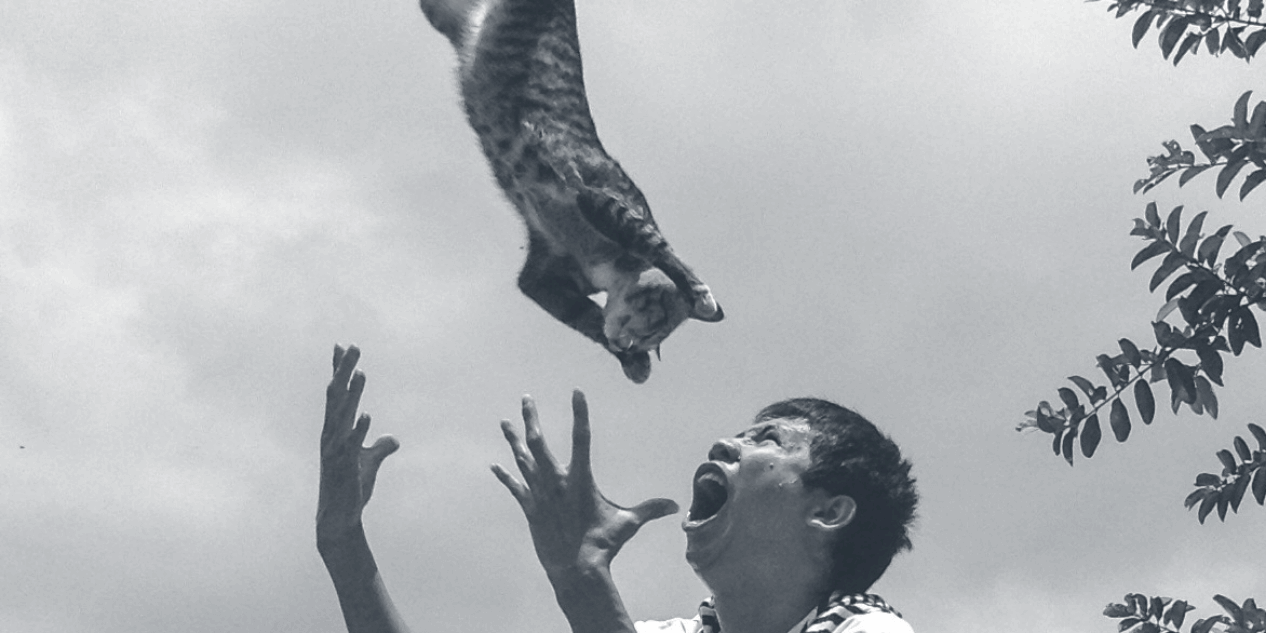Nascent is a new platform being produced by the Etic Lab team, that maps and makes visible the entire contemporary art system and emerging trends. It will provide access to the largest community of artists and galleries online, and make the whole sector visible and searchable.
“ ‘The art system needs renewal,’ said José Freire, founder of Team Gallery, a contemporary dealership with spaces in Los Angeles and New York. ‘There’s a danger of it becoming codified, and if it becomes codified, it squashes the idea of the avant-garde’. ” (NYT 22/03/18)
For Artists and Art Lovers
Nascent is a new platform being produced by the Etic Lab team, that maps and makes visible the entire contemporary art system and emerging trends. It will contain an entry for every contemporary visual artist who has any online presence. It will be the most complete and largest mapping of the UK and international art ecosystem. It will provide access to the largest community of artists and galleries online, and make the whole sector visible and searchable.
One of the most relevant and widely studied structural properties of networks is their community structure. A community in a network is a set of nodes that are densely connected with each other and sparsely connected to the other nodes in the network. Community detection in a network can be used to extract the structural properties of the network and the various interactions in the network. The concept of communities of interest and action, derived from work on organisational theory and development, provides a model for the development of communities. It is used to understand and promote the evolution of communities of interest and the formation of communities of practice. Nascent is a technology designed to provide a system and workflow that will allow for the identification of the entities within a range of communities that make up the community of interest: Art.
Nascent is a flexible platform for sharing and hosting artworks, identifying scenes users wish to be part of, and connecting artists to new global audiences, galleries and buyers. It will enable artists to upload and share and livestream images, films, digital artworks, AR and VR. It will be free to use, funded by the art market.
For Contemporary Art Galleries
The art system is already in the process of self-renewal and change. Knowledge of contemporary artistic practice available more widely and more evenly will itself act to stimulate and broaden the market. Art fairs have started to adapt, with virtual salesrooms, while many galleries only make sales in person in-gallery or at the art fairs. Since 2015, more galleries have been closing down than new galleries opening, as the system has become top-heavy in terms of where the sales are being made. Web-based platforms such as Art.sy reify this dynamic, aiming at high end galleries and at maintaining the status quo.
Nascent is a platform that maps and indexes emergent actors, influencers, behaviours and relationships across the contemporary art ecosystem. It will accelerate the change of shape of the art ecosystem, and the way it works: Nascent offers a bottom-up dynamic system that enables new entities and attributes to emerge.
Nascent will bring new audiences and cultural tourism to galleries at every level. It will connect buyers and the art-curious to galleries, events and experiences. It will make visible everything on offer, continually updated, and easily searchable. It will enable new buyers to find relevant galleries for their interests, support them through the buying process, and give them the context to make decisions about artists they were not previously familiar with.
For Art Buyers
Primary markets can be difficult to navigate without real insider knowledge. Artist careers are difficult to predict, and the earlier the harder: there is no one model for career trajectory. Nascent will form a unique and constantly evolving store house of cultural knowledge, attended by constant digital and human acquisition and curation, providing significant levels of insight into current art practices and artist communities. The signals produced by this system will span genres and, most important, geographies. Our data will complement and augment existing secondary market data offerings.
Few or no galleries and professionals advising clients have this kind of reach. Auction house data is mostly irrelevant to the new art scene; the data is sparse (low levels early stage careers auction selling), consequently it is late as far as informing purchases of works by younger and new artists and it is inherently subject to high variability. Most important of all the work of understanding and making use of these data is entirely dependent upon context, and this information is not provided by auction records. By contrast the current data set for managing decisions is focussed entirely on the middle or later stages of artists careers. The auction house records cover what (usually) happens when an artist has matured and reached a certain level of significance in the art world. Such data cannot help to understand and manage the unpredictability of careers at the earlier stages.
Yet, it is here that the greatest gains can be made and also where the adventurous collector can explore and the ambitious dealer must tread. We see auction house records as the endpoint, the data helps us to put our data into perspective but it cannot be what informs collectors who wish to act in the market for new contemporary art.
Nascent will not predict early success but rather give the collector, dealer or commercial executive a rich picture of what is happening and allows them to make informed comparisons as to how the trajectory of an artist compares to that of their contemporaries and peers at any point in recent years. It can locate them in the context of the evolution of practice both within and between genres or what we call communities of practice.
Nascent encourages the zeitgeist to announce itself via technology.
Nascent collapses distances.
Nascent contextualises the evolution of practice.


